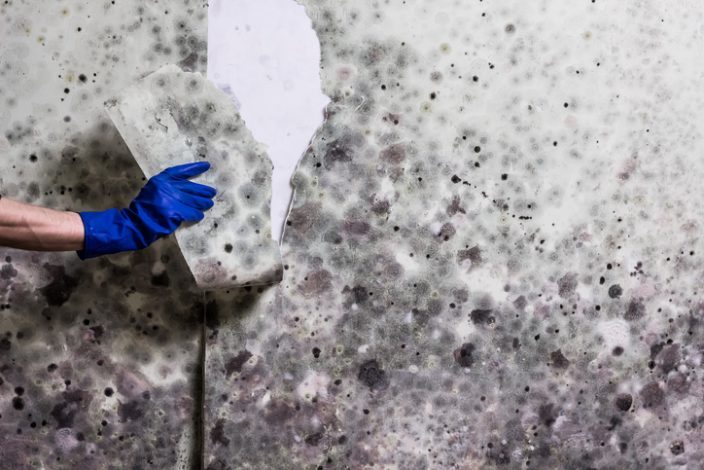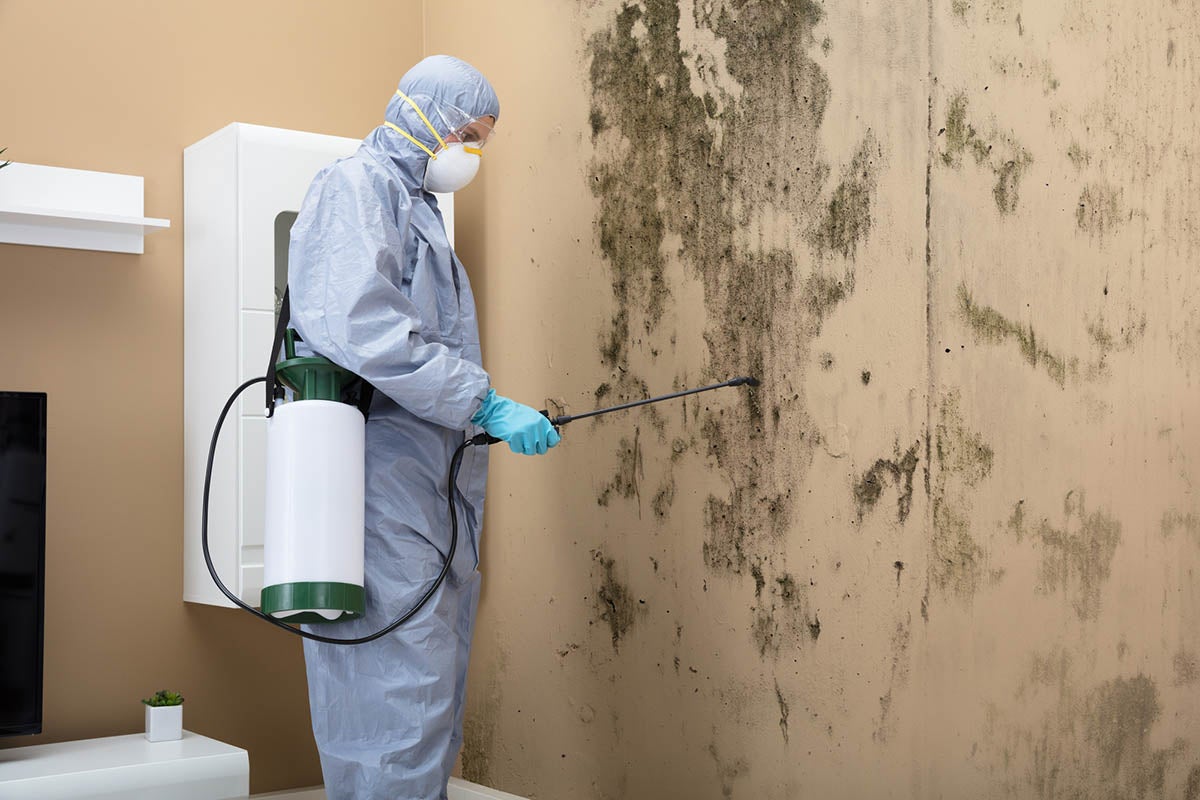Testing Air Quality After Mold Remediation
Testing Air Quality After Mold Remediation
Blog Article
Specialist Tips for Blog Post Mold Removal Success
In the realm of mold removal, effectively getting rid of mold is just half the fight; the true obstacle exists in stopping its reappearance. By sticking to expert tips and best practices, people can safeguard their rooms versus mold revival and maintain a healthy and balanced interior atmosphere.
Screen Humidity Levels On A Regular Basis
After finishing mold remediation treatments, maintaining optimum humidity levels is important to prevent mold and mildew re-growth and guarantee a healthy and balanced indoor setting. High moisture degrees over 60% produce a helpful atmosphere for mold and mildew to flourish, making normal keeping track of an aggressive step to stop any kind of future mold and mildew problems.
Using hygrometers or wetness meters can assist in accurately gauging moisture degrees in different locations of the building. These devices provide real-time information that enables removal specialists to make informed decisions pertaining to ventilation, dehumidification, and various other required activities to maintain perfect moisture levels post-remediation. Additionally, establishing a regular timetable for humidity checks, particularly in risky locations such as cellars, restrooms, and kitchen areas, is an aggressive approach to mold and mildew avoidance. By constantly monitoring moisture degrees, home owners can effectively mitigate the risk of mold reoccurrence and maintain a healthy and balanced indoor atmosphere post-remediation.
Conduct Thorough Inspections Post-Remediation
Complying with the completion of mold remediation treatments, it is essential to conduct extensive assessments to validate the efficiency of the remediation procedure. These post-remediation inspections are vital in making certain that the mold and mildew concern has been efficiently resolved and that there is no reoccurrence or continuing to be mold and mildew growth. Assessments need to be carried out by certified professionals who have experience in identifying mold and mildew and assessing indoor air high quality.
Throughout these evaluations, numerous approaches such as aesthetic assessments, air tasting, and surface area tasting might be employed to completely examine the remediated locations. Aesthetic assessments involve an in-depth examination of the premises to look for any visible indicators of mold growth or water damages. Air sampling aids in determining the airborne mold spore degrees, while surface tasting can detect mold particles on surfaces.
Implement Correct Air Flow Approaches
After ensuring the performance of the mold and mildew remediation procedure via detailed inspections, the next critical action is to concentrate on implementing proper air flow approaches. Ample air flow is necessary in stopping mold reoccurrence by managing moisture degrees and advertising air circulation. To accomplish this, it is recommended to use exhaust followers in areas susceptible to high humidity, such as kitchen areas and shower rooms. Additionally, opening up doors and home windows when weather condition permits can aid boost air flow and decrease moisture buildup. Air dehumidifiers and purifiers are additionally beneficial devices in preserving optimum interior air quality.
Proper ventilation not only help in avoiding mold development yet additionally adds to the overall wellness and comfort of occupants. By guaranteeing sufficient air flow throughout the residential or commercial property, you can decrease the risk of mold regrowth and produce a healthier living environment.

Use Mold-Resistant Materials for Repair Works
To enhance the long-term efficiency of mold remediation initiatives, incorporating mold-resistant products for repair services is vital in alleviating the risk of future mold and mildew growth. Mold-resistant products are created to endure wetness and prevent mold growth, making them an important option for areas vulnerable to moisture and humidity. When repairing locations impacted by mold and mildew, utilizing materials such as mold-resistant drywall, mold-resistant paints, and mold-resistant caulking can aid avoid mold recurrence.
Mold-resistant drywall is an outstanding alternative to standard drywall in locations like basements and restrooms where moisture degrees are greater. This kind of drywall has a special coating that withstands mold development also when revealed to damp problems. In addition, utilizing mold-resistant paints including antimicrobial representatives can additionally hinder mold and mildew advancement on walls and ceilings.
In locations where wetness prevails, such as kitchen areas and washrooms, utilizing mold-resistant caulking around sinks, tubs, and windows can aid secure out water and protect against mold from holding in fractures and holes. By purchasing these mold-resistant products during repair work post-remediation, you can significantly lower the chance of future mold problems and maintain a healthier indoor environment.
Maintain Tidiness and Address Water Issues
After mold removal, it i loved this is important to keep a clean atmosphere to stop the regrowth of mold and mildew. Leaks, water invasion, or high humidity levels can create the perfect breeding ground for mold, so it is imperative to deal with any kind of water-related problems quickly.
To maintain sanitation, take into consideration using HEPA filters in vacuums and air purifiers to catch mold and mildew spores and stop their circulation in the air. Moreover, guaranteeing correct air flow in areas vulnerable to moisture buildup, such as restrooms and kitchen areas, can aid maintain moisture levels in check. By staying cautious about cleanliness and resolving water problems quickly, you can efficiently avoid mold and mildew reinfestation and keep a healthy and balanced indoor environment.
Final Thought

In the realm of mold removal, successfully removing mold and mildew is only half the battle; the real obstacle lies in preventing its reappearance. After completing mold and mildew removal treatments, preserving optimum moisture levels is vital to stop mold re-growth and guarantee a healthy indoor environment. High humidity levels above 60% produce a favorable atmosphere for mold and mildew to grow, making regular keeping track of an aggressive step to avoid any type of pop over to this web-site future mold issues.
To enhance the long-lasting effectiveness of mold remediation efforts, integrating mold-resistant materials for repairs is critical in reducing the risk of future mold development. After mold and mildew remediation, it is critical to keep a tidy atmosphere to other protect against the regrowth of mold.
Report this page